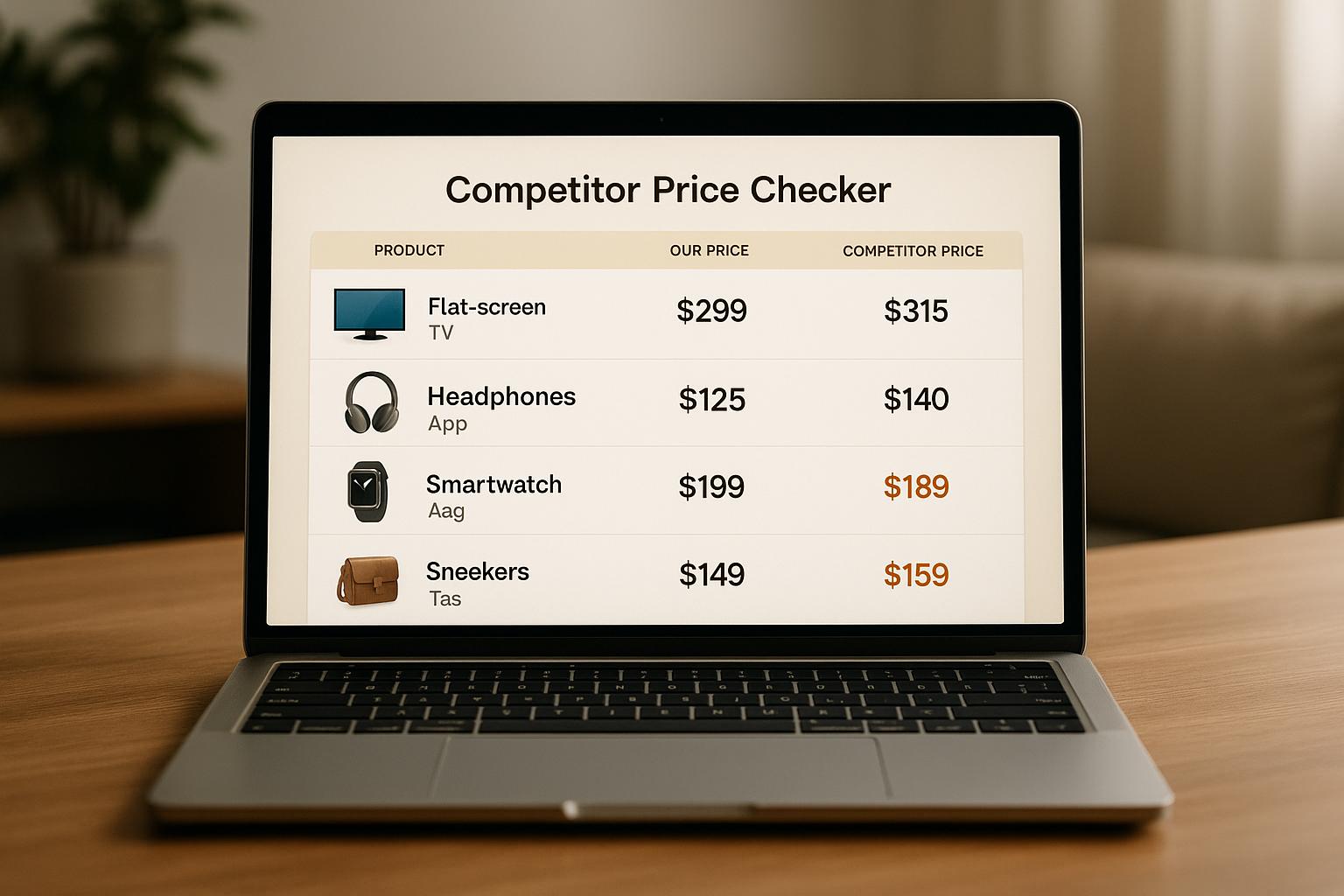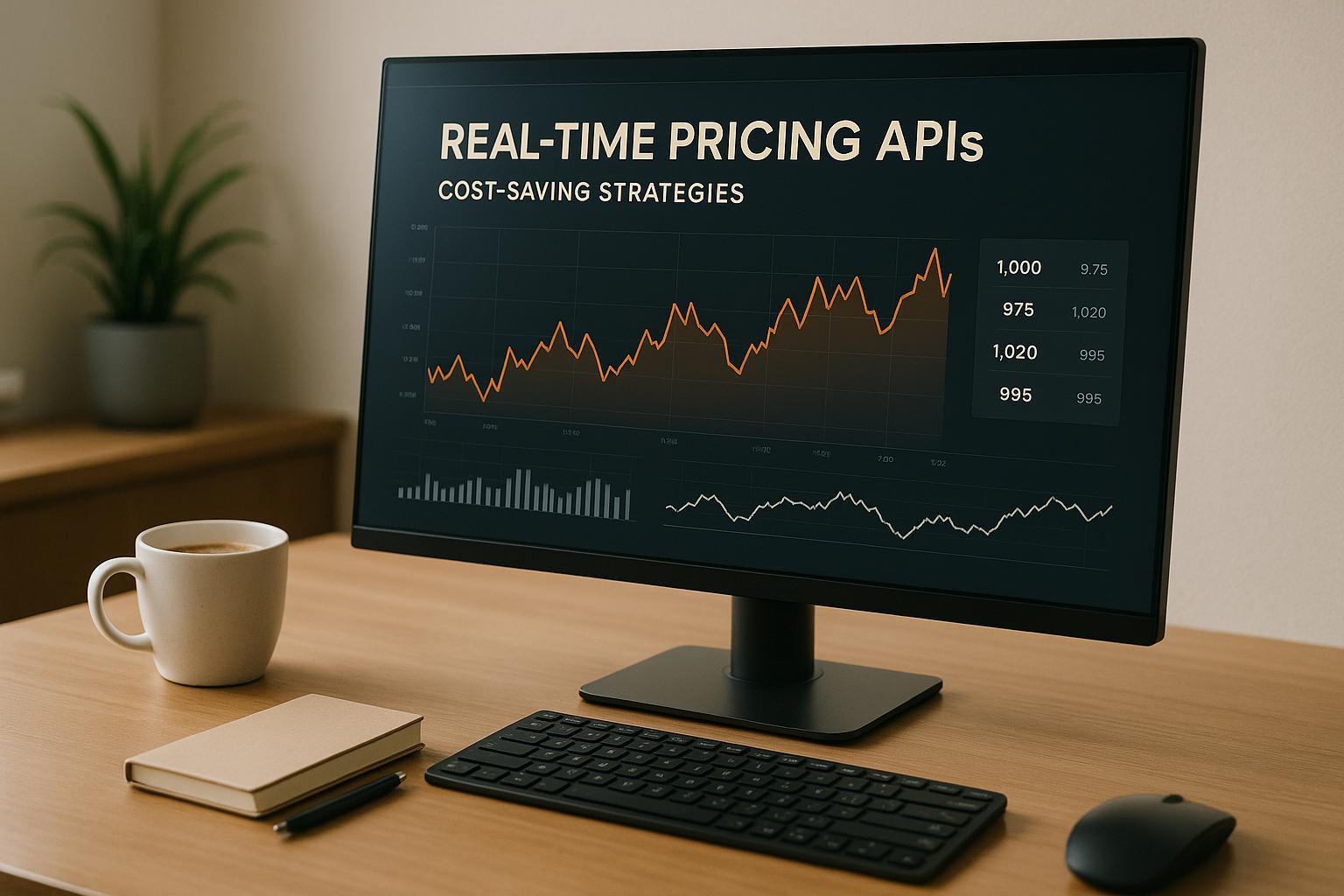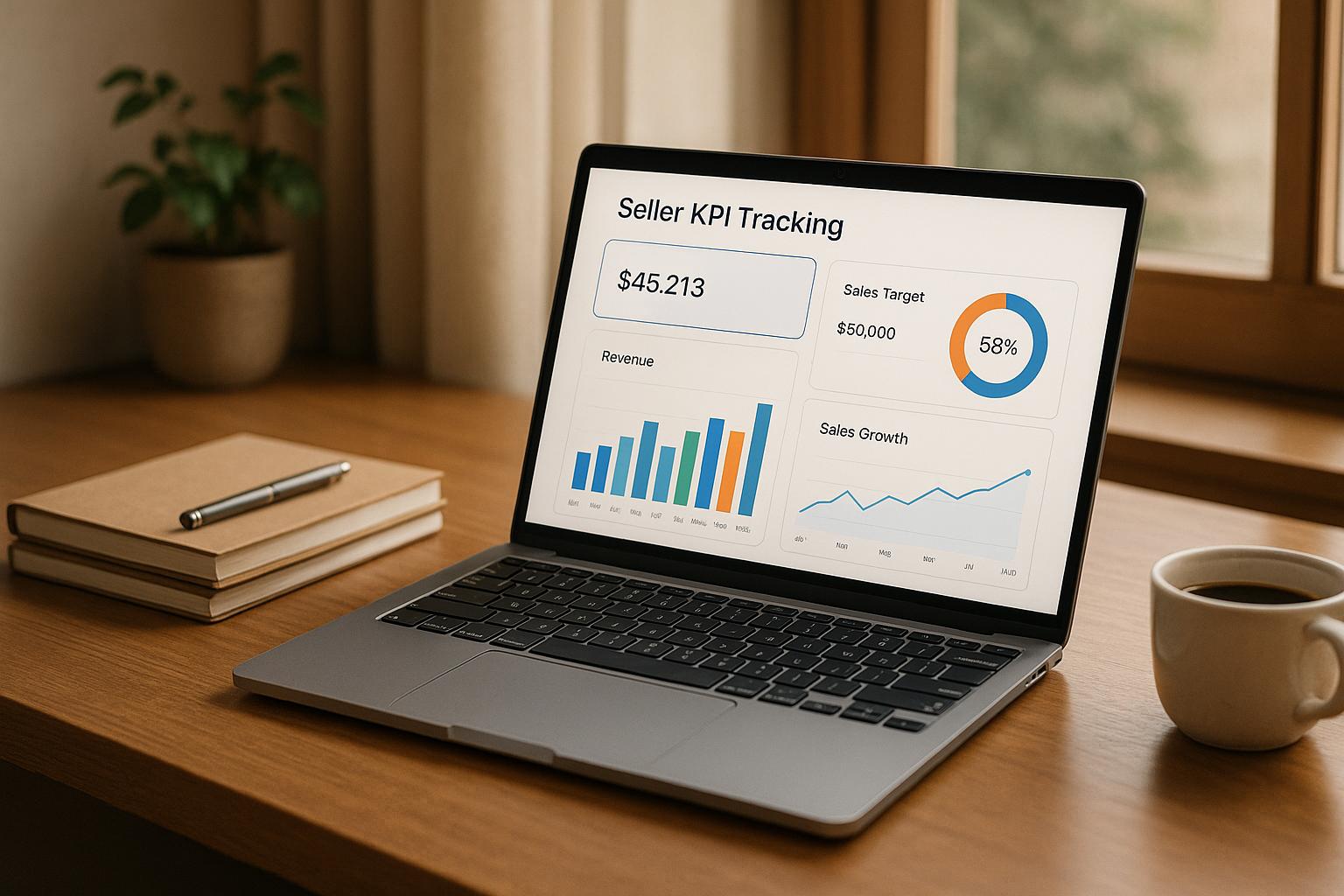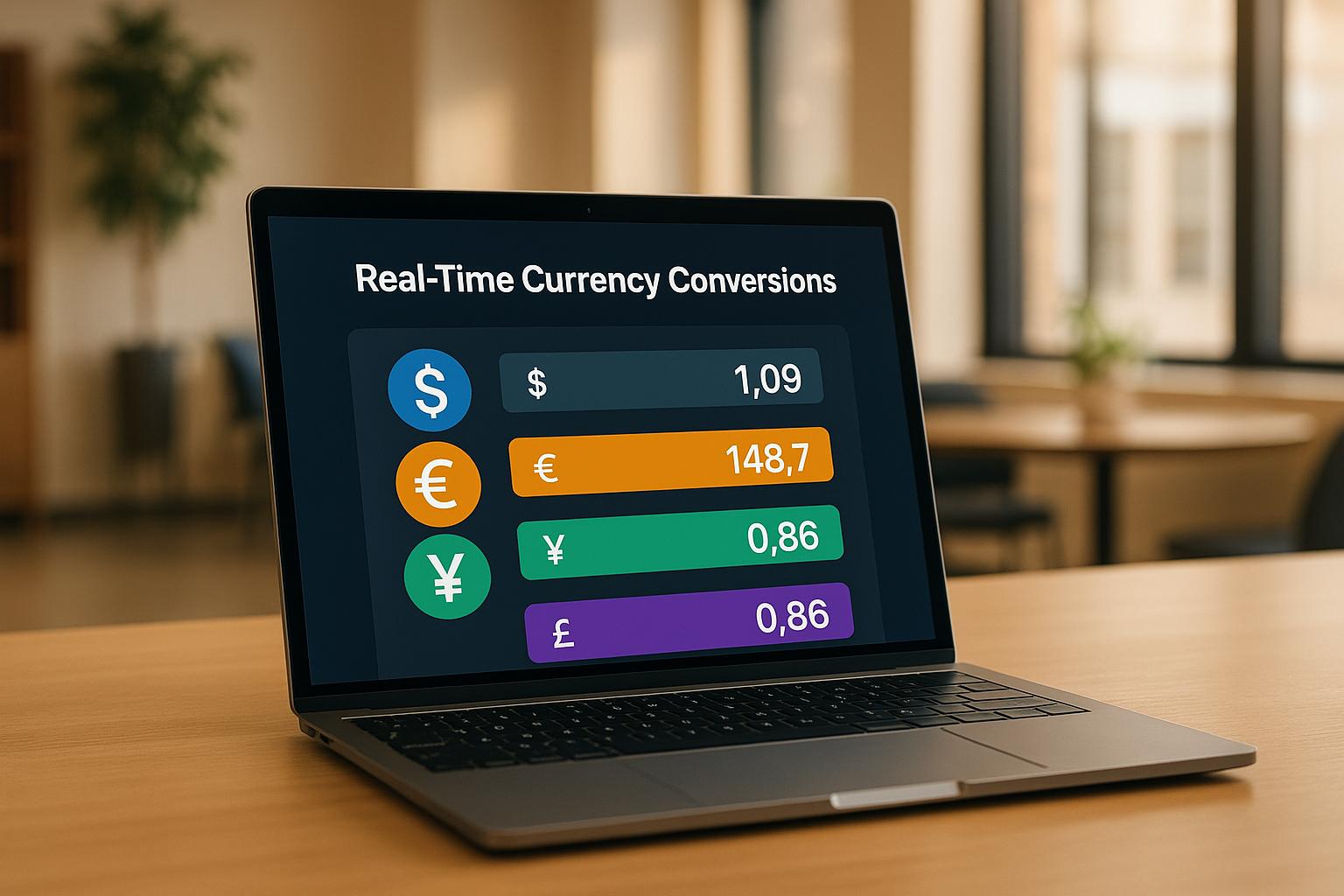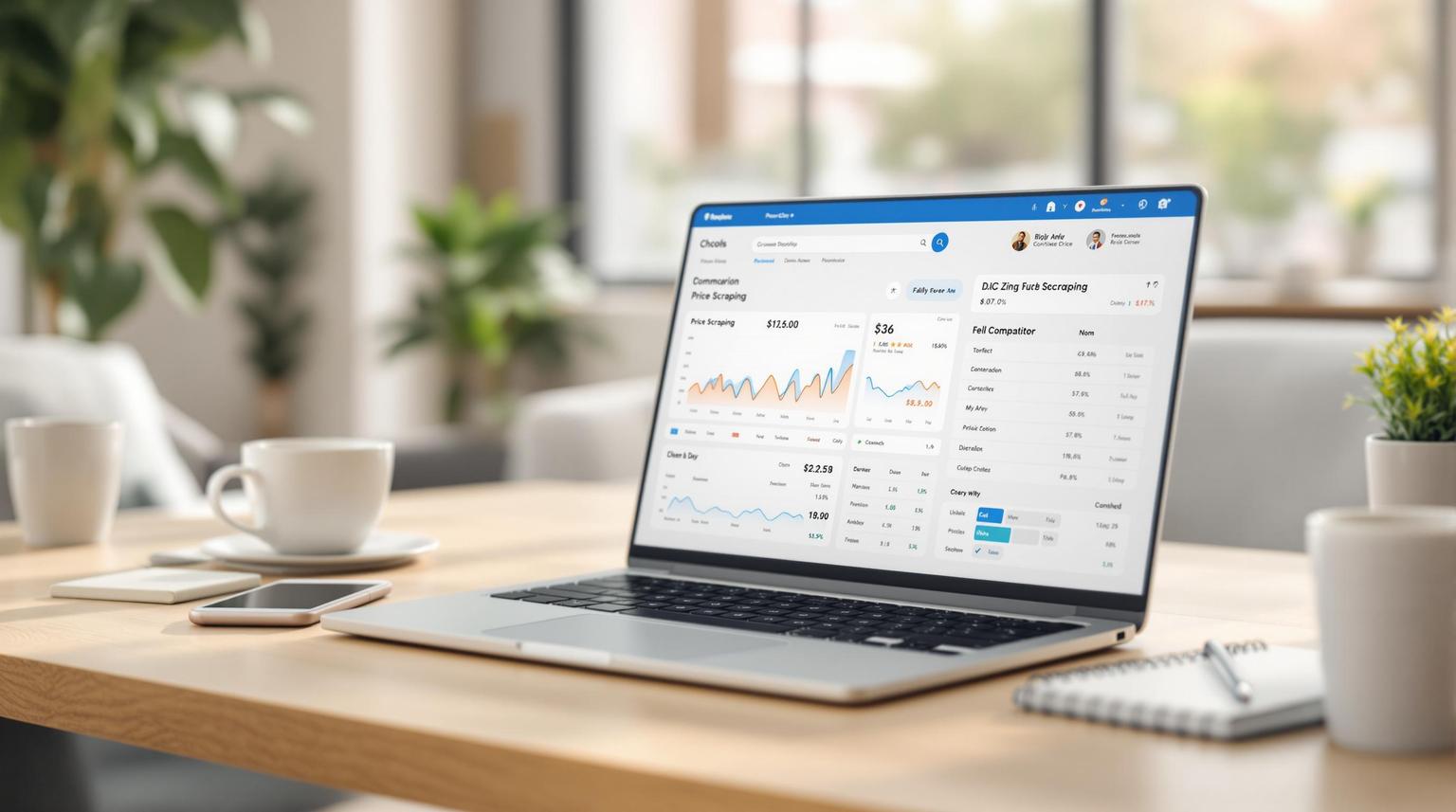Guide to Seasonal Pricing Algorithms for E-commerce

April 10, 2025
Seasonal pricing algorithms help e-commerce businesses adjust prices based on demand changes during key times like holidays or sales events. They use real-time and historical data to set competitive prices, increase profits, and optimize inventory. Here's what you need to know:
- Why It Matters: Seasonal pricing boosts revenue by responding to market trends during high-demand periods like Black Friday or slower seasons.
- Key Data Used:
- Historical sales trends
- Competitor pricing
- Product identifiers (EAN, SKU)
- Search trends and conversion rates
- Algorithm Types:
- Rule-Based Systems: Simple, condition-based pricing.
- Bayesian Inference: Predicts demand using past data.
- Reinforcement Learning: Adjusts dynamically in real time.
- Decision Trees: Handles complex pricing scenarios.
- Challenges:
- Data accuracy
- Market volatility
- Product matching across platforms
- Solutions: Use tools like ShoppingScraper for real-time data, fast API integration, and precise product matching.
Quick Tip: Automate data collection (hourly, daily, or weekly) to stay competitive and ensure pricing aligns with market shifts.
Main Elements of Seasonal Pricing Algorithms
Required Data Types
Seasonal pricing algorithms rely on a mix of past and real-time data to adjust prices effectively throughout the year. Key inputs include sales history, competitor pricing, and product identifiers to monitor changes in demand.
Real-time competitor pricing is especially important for understanding market trends and fine-tuning strategies. As Job van der Geest from VML Netherlands explains:
"The data comes from Google Shopping, where we collect pricing data on an EAN-level. This means we capture every variant, color, and size - updated throughout the day."
Here’s a breakdown of the essential data:
- Historical sales data to identify demand patterns
- Competitor pricing for market positioning
- Product identifiers like EAN, SKU, and ASIN for precise tracking
- Search trends and conversion rates to gauge interest
- Past performance metrics to refine predictions
- Seasonal event calendars to align with key dates
With this data, algorithms can generate accurate pricing recommendations tailored to seasonal trends.
Common Algorithm Types
Once the data is collected, various algorithm types can be used to optimize pricing strategies:
| Algorithm Type | Primary Function | Best Used For |
|---|---|---|
| Rule-Based Systems | Applies preset rules depending on certain conditions | Simple seasonal adjustments and promotions |
| Bayesian Inference | Analyzes historical data to predict future demand | Long-term trends and pricing for new products |
| Reinforcement Learning | Continuously adjusts prices based on real-time market feedback | Dynamic pricing in fast-changing markets |
| Decision Trees | Structures pricing decisions using multiple variables | Complex promotions and bundled pricing |
The success of these algorithms depends on high-quality data and frequent updates. Automating data collection - whether hourly, daily, or weekly - ensures you stay ahead of market changes.
Key metrics to monitor include:
- Price elasticity of demand
- Competitor price shifts
- Seasonal demand trends
- Inventory turnover rates
- Profit margin changes
For example, ShoppingScraper's Google Shopping API provides data 25% faster with 99% uptime, allowing businesses to react quickly to market shifts.
To make seasonal pricing algorithms truly effective, they must integrate historical and real-time data while factoring in market dynamics like promotions, competitor actions, and changing customer preferences. This ensures businesses can keep their pricing competitive and relevant throughout the year.
Methods for Seasonal Price Setting
Using data and algorithms, these methods offer practical ways to adjust prices during seasonal periods.
Timing-Based Price Changes
Automated pricing tools can adjust prices around major seasonal events. These systems ensure changes match market trends, setting the stage for more refined pricing strategies.
Demand-Driven Pricing
Demand-driven pricing uses real-time data to respond to current market conditions. By analyzing search trends, inventory levels, and customer interest, businesses can pinpoint the best times to adjust prices. Regular tracking is key to finding these opportunities.
"In a competitive market, you need every advantage you can get. ShoppingScraper gave us that edge, helping us outperform our competitors using real time pricing data." – Bartosz Ferenc, CEO Sembot
Market-Based Price Adjustment
Monitoring competitors in real time allows businesses to adapt prices dynamically. This approach helps maintain a balance between staying competitive and protecting profit margins by using detailed market data.
Customer Group Pricing
By analyzing customer behavior, loyalty, purchase volume, or location, businesses can create tailored pricing for different groups. This strategy allows for personalized offers while maximizing profits across various customer segments.
sbb-itb-65e392b
Web Scraping for Price Optimization
Data Collection Methods
Web scraping helps businesses gather pricing data from various e-commerce platforms automatically. These tools collect up-to-date information on prices, product availability, and market trends, ensuring businesses stay informed and can adjust their pricing strategies effectively.
Key metrics to focus on include:
- Product pricing across different marketplaces
- Stock availability
- Price changes and historical trends
- Product variants like sizes and specifications
This data can be fed into tools like ShoppingScraper to support smarter pricing decisions.
ShoppingScraper Features

ShoppingScraper provides tools to track pricing trends across major e-commerce platforms, including Google Shopping in over 40 countries. Its EAN/GTIN matching algorithms ensure accurate pricing intelligence.
Core features include:
- Real-time price tracking
- Automated data collection schedules
- Advanced product matching across platforms
- Coverage of multiple marketplaces
- Variant tracking for colors, sizes, and more
Data Export and Analysis
After collecting data, the next step is turning it into actionable insights. ShoppingScraper simplifies this with flexible export options in JSON and CSV formats, making it easy to integrate data into existing workflows.
Automated collection can be scheduled for specific intervals to suit different needs:
| Collection Frequency | Best Use Case | Typical Application |
|---|---|---|
| Hourly | High-competition products | Flash sales monitoring |
| Daily | Standard inventory | Regular price adjustments |
| Weekly | Stable markets | Long-term trend analysis |
ShoppingScraper's API processes most requests in under 4 seconds, allowing businesses to make near real-time pricing decisions. Combined with precise EAN/GTIN matching, it ensures competitive pricing strategies stay effective, even during seasonal shifts.
Problems and Solutions in Seasonal Pricing
Main Pricing Challenges
Seasonal pricing comes with its own set of hurdles, especially when it comes to ensuring accurate data and quick adjustments. Matching products correctly using identifiers like EAN and GTIN is crucial when managing prices across different marketplaces.
Here are some common challenges and how to address them:
| Challenge | Effect | Solution |
|---|---|---|
| Data Inaccuracy | Incorrect price adjustments can hurt profits | Use EAN/GTIN matching with real-time checks |
| Market Volatility | Outdated pricing decisions | Employ automated, real-time price tracking |
| Product Matching | Misidentified products across platforms | Combine EAN codes, SKUs, and URL matching |
| Response Time | Delayed pricing updates | Use fast API integration |
Tackling these issues is essential for effective seasonal pricing strategies.
Recommended Pricing Practices
Once the main challenges are identified, businesses can adopt specific strategies to stay competitive. Using real-time data feeds and thorough verification processes is key to success.
"ShoppingScraper supports us in making better decisions for our clients. The data accuracy in combination with the fast way to extract it to our own platforms makes ShoppingScraper a valuable partner." - Koen van den Eeden, OMG Transact Managing Director
Here are some effective practices:
- Continuous Data Monitoring: Keep an eye on price changes and API responses across all marketplaces.
- Multiple Matching Techniques: Use a combination of EAN codes, SKUs, and URL matching to ensure accurate product identification.
- Quick Error Detection: Implement systems to catch pricing anomalies immediately and troubleshoot failed requests.
Leaders in the industry highlight the importance of integrating real-time data for better outcomes. By focusing on precise data and fast response times, businesses can avoid common pitfalls and maintain competitive pricing during seasonal shifts.
Conclusion
Seasonal pricing algorithms have become key for success in e-commerce, thanks to advancements in real-time pricing data and improved product matching methods. These tools have reshaped how businesses approach pricing strategies.
Key Takeaways
Here’s how seasonal pricing algorithms impact e-commerce and the best ways to use them:
| Factor | Impact | Best Practice |
|---|---|---|
| Real-Time Data | Speeds up response times to under 4 seconds | Keep a constant eye on competitor pricing |
| Accurate Matching | Improves product identification with combined techniques | Pair EAN/GTIN with title and URL matching |
| Data Collection | Updates range from hourly to weekly | Automate data gathering on a set schedule |
| Market Coverage | Enables operations in over 40 countries | Track multiple marketplaces simultaneously |
Related posts












